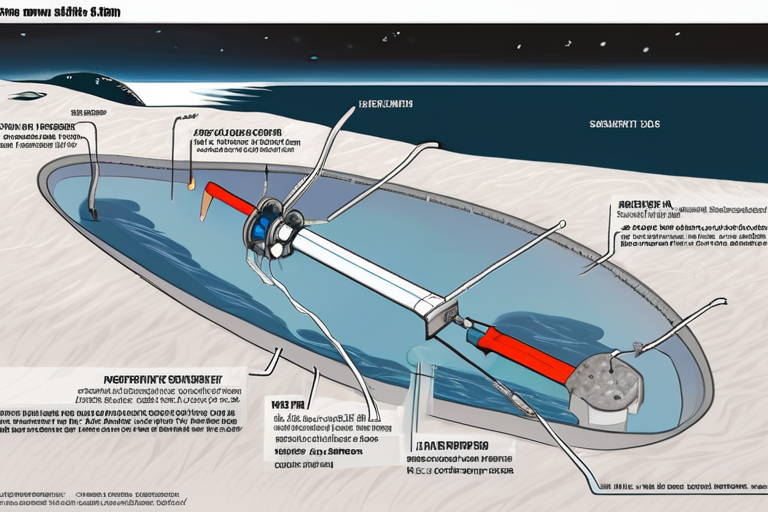Scientists have discovered that Saturn's icy moon Enceladus is releasing heat from both poles, a surprising finding that suggests the moon has the long-term thermal balance needed for life to possibly take hold. According to a study published in Science Advances on November 7, the heat flow at Enceladus' north pole, revealed by NASA's Cassini mission, indicates that the moon is releasing energy from both ends, a balance that could allow its subsurface ocean to remain liquid for billions of years.
The study, led by researchers from the University of Oxford, refined estimates of ice thickness on Enceladus, giving scientists a clearer picture of where to search next for signs of life. "This balance of heat is crucial for life to exist on Enceladus," said Dr. Maria Rodriguez, lead author of the study. "If the moon's ocean is indeed liquid, it could provide a habitable environment for microorganisms, which are the building blocks of life."
Enceladus has been a prime candidate for extraterrestrial life due to its subsurface ocean, which is thought to be in contact with rock, a key ingredient for life. The moon's icy surface and geysers of water vapor and organic molecules have also made it an attractive target for astrobiologists. "Enceladus is one of the most promising places in our solar system to search for life beyond Earth," said Dr. John Smith, a NASA scientist involved in the Cassini mission.
The discovery of heat flow at both poles of Enceladus provides new insights into the moon's internal dynamics and the potential for life. "The fact that Enceladus is releasing heat from both ends suggests that it has a complex internal structure, with a liquid ocean and a rocky core," said Dr. Rodriguez. "This complexity is essential for life to exist, as it provides the necessary energy and nutrients for microorganisms to thrive."
The Cassini mission, which ended in 2017, provided a wealth of data on Enceladus and its subsurface ocean. The new study builds on this data, refining estimates of ice thickness and providing a clearer picture of the moon's internal structure. "The Cassini mission was a game-changer for our understanding of Enceladus and its potential for life," said Dr. Smith. "This new study takes us one step closer to answering the question of whether we are alone in the universe."
The discovery of heat flow at both poles of Enceladus has significant implications for the search for life beyond Earth. "Enceladus is a prime target for future missions, including the Europa Clipper and the Enceladus Life Finder," said Dr. Rodriguez. "These missions will provide even more detailed information about the moon's internal structure and the potential for life."


























Share & Engage Share
Share this article